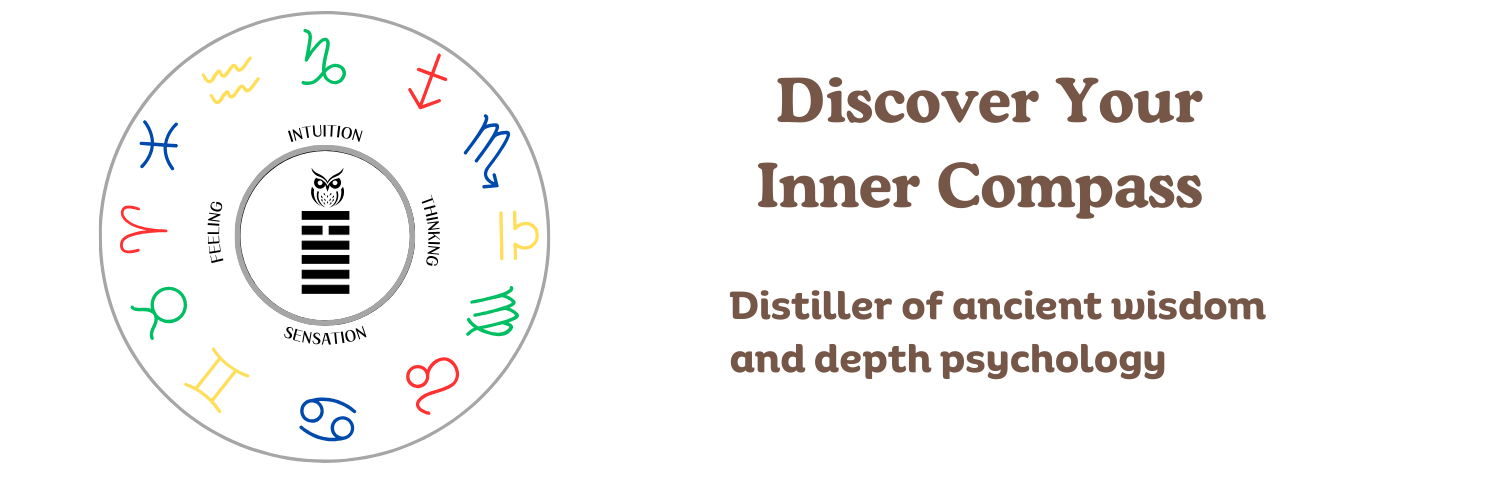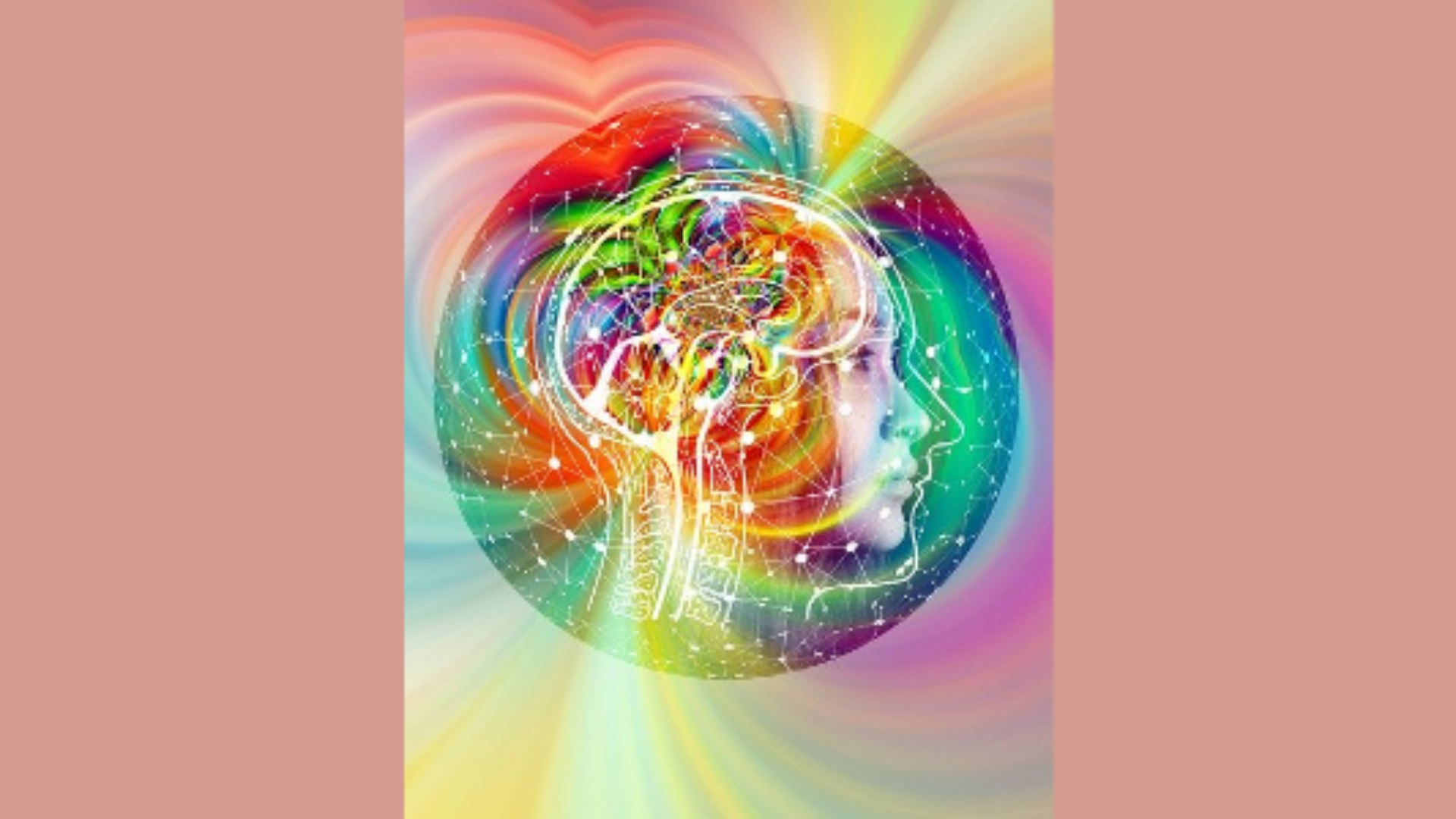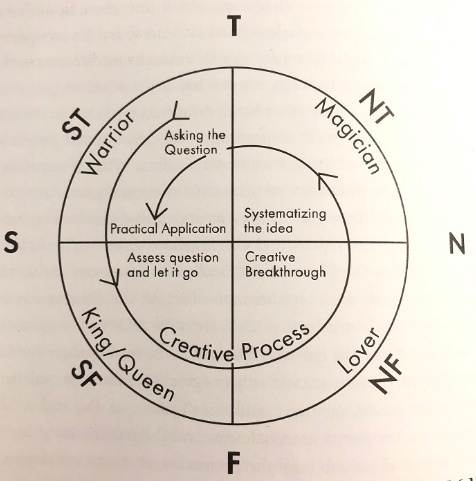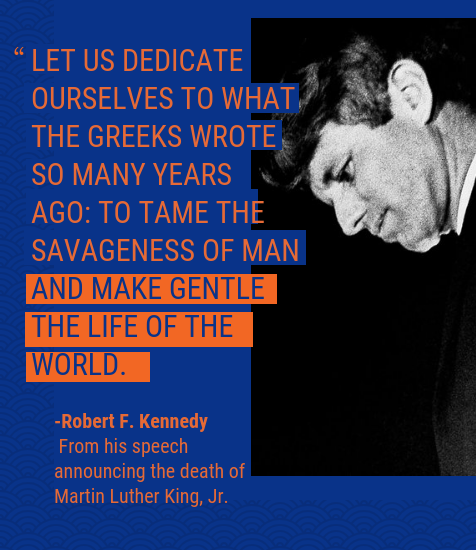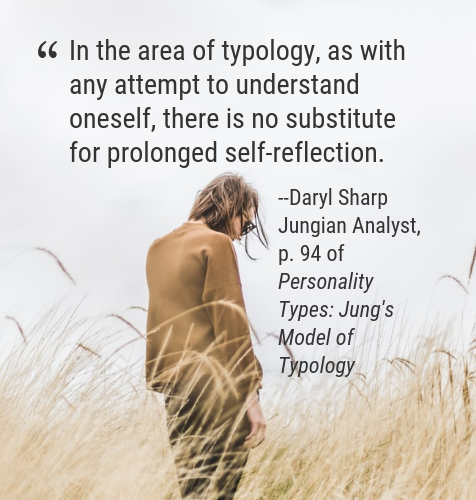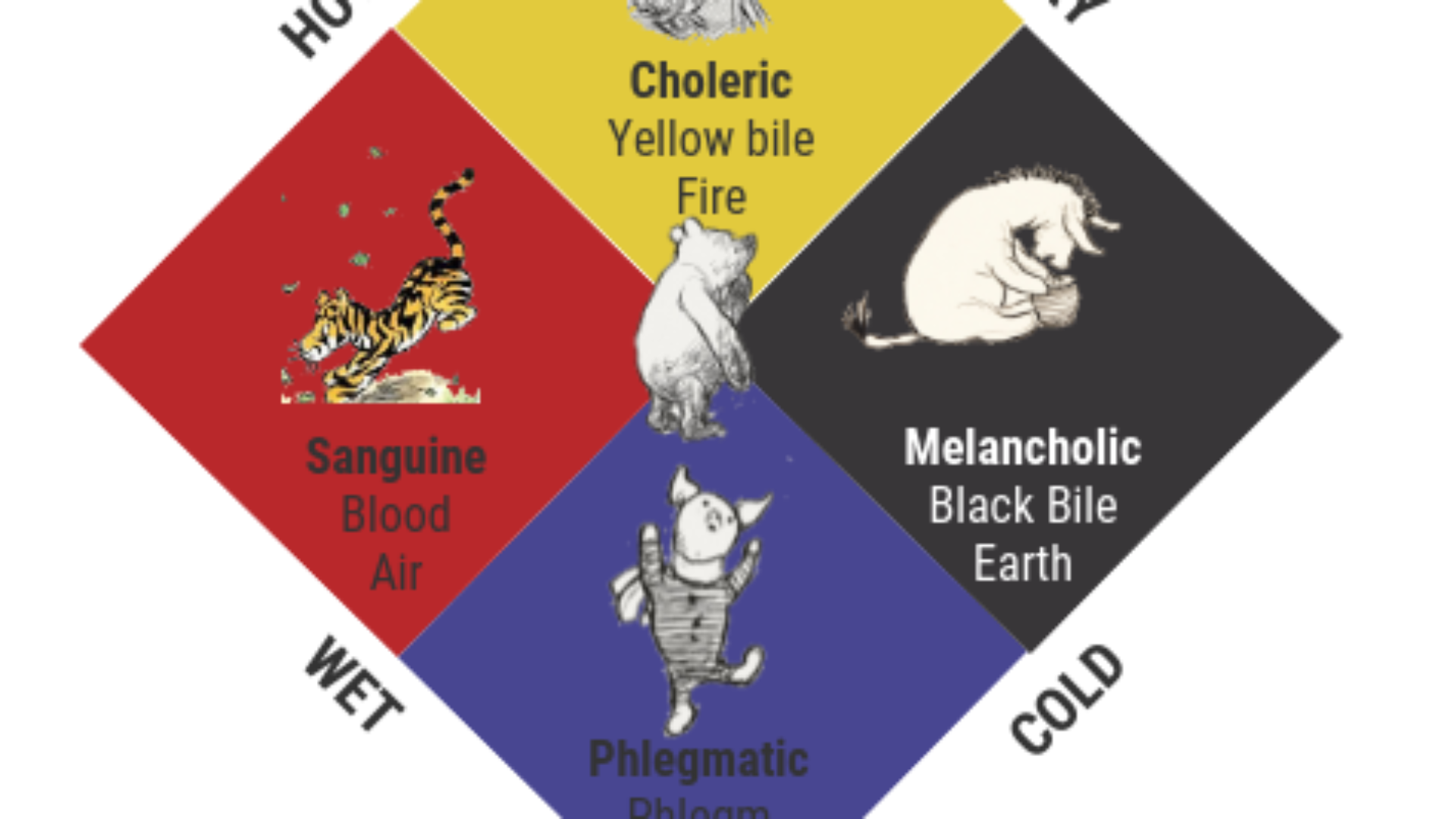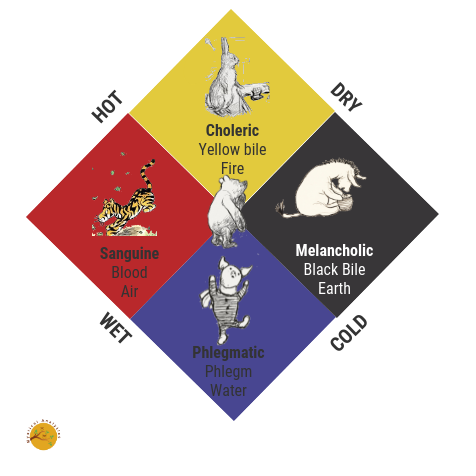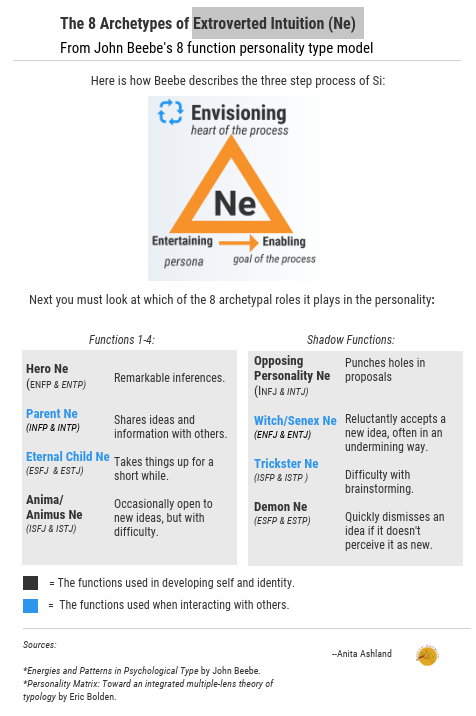The 8 archetypes of Introverted Intuition (Ni)
Introverted intuition (Ni) plays one of eight different archetypal roles, depending on which of the 16 personality types you have. This is per Jungian analyst John Beebe’s 8 function personality type model.
First we’ll take a look at intuition and Ni in general terms.
As Jung described in Psychological Types, Intuition, like sensation, is a perceiving function:
“The primary function of intuition, however, is simply to transmit images, or perceptions of relations between things, which could not be transmitted by the other functions or only in a very limited way.”
According to J. Newman: “While sensation is intimately tied to bodily experience (and emotions), intuition is predominantly a mental function, allowing for the perception, not of physical realities, but of symbolic images, ideas and abstractions. These contents of the intuitive process form the basis of mental experience. Intuition is, thus, an “intellectual” process.”
Regarding Ni specifically, Jung said: “It does not concern itself with external possibilities but with what the external object has released within.” And: “introverted intuition perceives all the background processes of consciousness with almost the same distinctness as extraverted sensation registers external objects. For intuition, therefore, unconscious images acquire the dignity of things. But, because intuition excludes the co-operation of sensation . . . . the images appear as though detached from the subject, as though existing in themselves without any relation to him.”
Now let us consider the archetypes of Ni. Below is my distillation of John Beebe’s descriptions
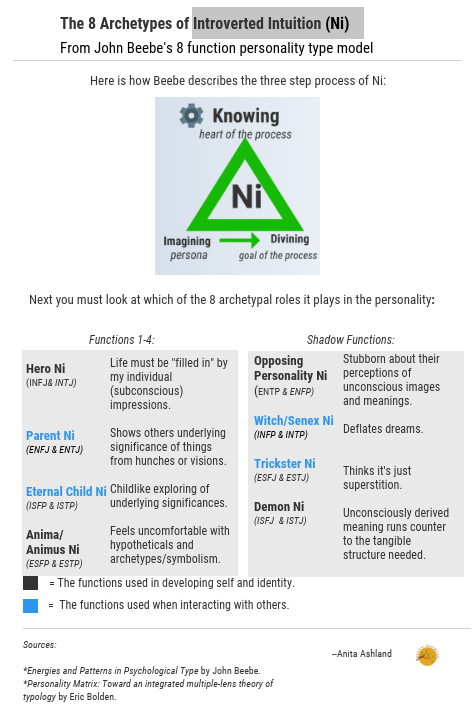
These archetypes are just sketches and aren’t meant to be literal. They depict complexes, so therefore are qualitative.
No function ever acts separately from the other functions. Jung said we al most never see a pure form of a function. We consider a function in order to better understand the whole of the personality.
This is part 4 of 8 in the series. Part five will be about Extroverted Feeling (Fe). Stay tuned!
My other articles in the series:
The 8 archetypes of Extroverted Sensation
The 8 archetypes of Introverted Sensation
